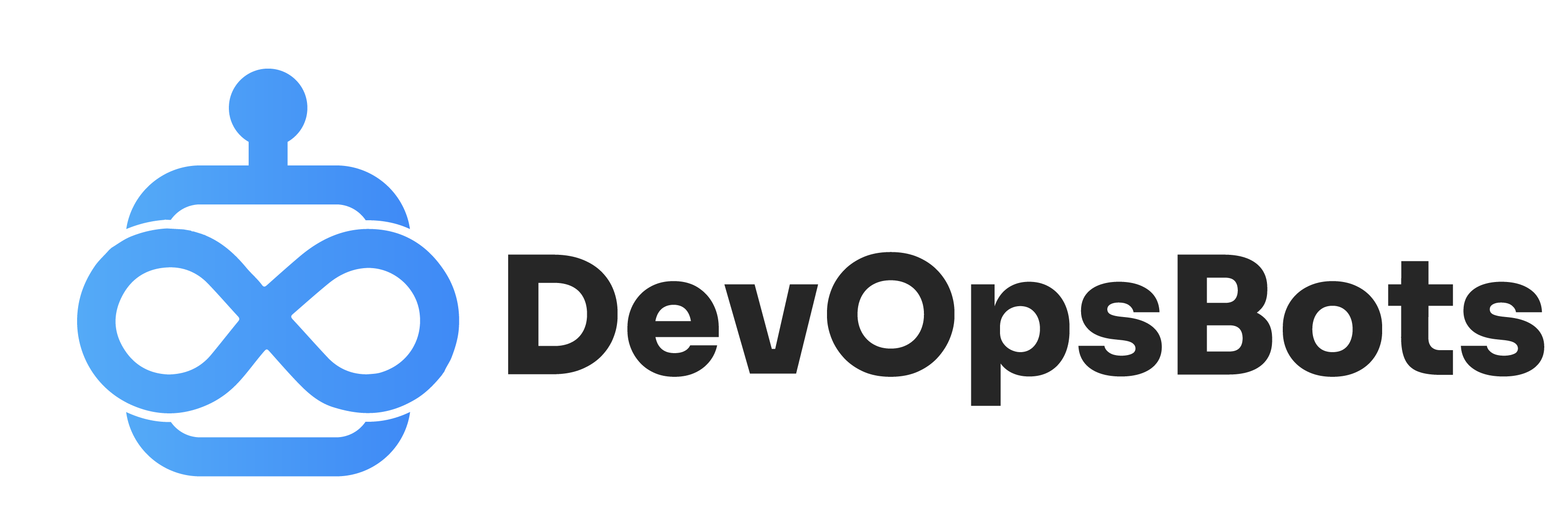Top 20 System Design Questions for DevOps Interviews
1. Question: What are the key considerations when designing a distributed system?
Answer: Key considerations include scalability, fault tolerance, consistency, data partitioning, data replication, and latency. Understanding the CAP theorem (Consistency, Availability, Partition Tolerance) is also essential.
2. Question: Explain the difference between blue-green deployment and canary deployment.
Answer: Blue-green deployment involves running two production environments, Blue and Green. At any time, only one of them is live. When a new release is ready, it’s deployed to the idle environment and, after testing, traffic is switched to that environment. Canary deployment involves rolling out the changes to a small subset of users before making it available to everyone. This way, any potential issues can be detected with minimal impact.
3. Question: How would you design a system for zero-downtime deployments?
Answer: Implementing blue-green deployments, using container orchestration tools like Kubernetes for rolling updates, and incorporating load balancers to divert traffic away from nodes under deployment are some strategies to achieve zero-downtime deployments.
4. Question: How can you ensure high availability in a system design?
Answer: Use multiple replicas of services, deploy across multiple data centers or availability zones, implement failover mechanisms, and use load balancers to distribute traffic and detect faulty nodes.
5. Question: Explain the importance of monitoring and logging in system design.
Answer: Monitoring provides real-time insights into system health, while logging helps diagnose and troubleshoot issues. Both are crucial for ensuring system reliability, availability, and performance.
6. Question: How would you handle versioning in a microservices architecture?
Answer: Implement semantic versioning, use API gateways, and support backward compatibility. Another approach is to use versioned endpoints or headers.
7. Question: Describe the concept of infrastructure as code (IaC) and its advantages.
Answer: IaC involves managing and provisioning infrastructure using code and automation tools. It ensures consistency, repeatability, and scalability, while also reducing manual errors.
8. Question: How would you handle secret management in a DevOps environment?
Answer: Use tools like HashiCorp Vault, AWS Secrets Manager, or Kubernetes Secrets. Encrypt secrets at rest and in transit, and implement access controls and audit trails.
9. Question: What strategies would you implement for database scalability?
Answer: Horizontal scaling (sharding), vertical scaling, read replicas, caching, and optimizing queries are common strategies.
10. Question: How do you ensure security in a CI/CD pipeline?
Answer: Implement automated security scans, use secure coding practices, manage secrets properly, audit dependencies, and restrict access to the CI/CD environment.
11. Question: Describe the importance of load balancers in system design.
Answer: Load balancers distribute incoming traffic across multiple nodes, ensuring high availability, fault tolerance, and efficient utilization of resources.
12. Question: How would you design a system for effective logging and monitoring?
Answer: Centralize logs using tools like ELK Stack or Graylog. Implement monitoring using tools like Prometheus or Grafana. Set up alerts, dashboards, and log retention policies.
13. Question: What are the challenges in managing state in a microservices architecture?
Answer: Challenges include data consistency across services, managing shared databases, handling network failures, and ensuring data durability and integrity.
14. Question: Explain the role of a reverse proxy in a system architecture.
Answer: A reverse proxy sits in front of web servers and forwards client requests to the appropriate backend servers. It provides benefits like load balancing, caching, compression, SSL termination, and security.
15. Question: Describe the benefits of containerization in system design.
Answer: Containers ensure consistency across environments, optimize resource usage, enable microservices architecture, provide isolation, and allow for faster deployment cycles.
16. Question: How would you design a backup and disaster recovery strategy for a critical application?
Answer: Implement regular backups, ensure off-site storage, test recovery processes, define RPO (Recovery Point Objective) and RTO (Recovery Time Objective), and use tools or services optimized for disaster recovery.
17. Question: What strategies would you employ to reduce system latency?
Answer: Optimize database queries, use Content Delivery Networks (CDNs), implement caching, optimize application code, and use efficient data serialization formats.
18. Question: Explain the importance of immutability in infrastructure.
Answer: Immutability ensures that once a resource is provisioned, it’s not modified. Instead, new versions are created. This reduces inconsistencies, ensures repeatability, and simplifies rollback and forward progress.
19. Question: How do you ensure data integrity in a distributed system?
Answer: Implement distributed transactions, use consistent hashing, apply vector clocks or logical clocks, and use systems or databases that support ACID properties.
20. Question: Describe the concept of “Infrastructure as a Service” (IaaS) and how it impacts system design.
Answer: IaaS provides virtualized computing resources over the internet. With IaaS, you can scale resources on demand, pay for what you use, and reduce the need for on-premises hardware. It influences system design by offering flexibility, scalability, and impacting cost considerations.
Remember, while these answers provide a starting point, deep-diving into each topic is recommended for a comprehensive understanding.


